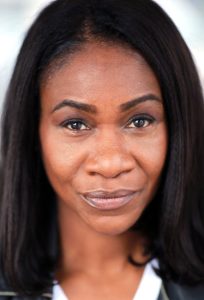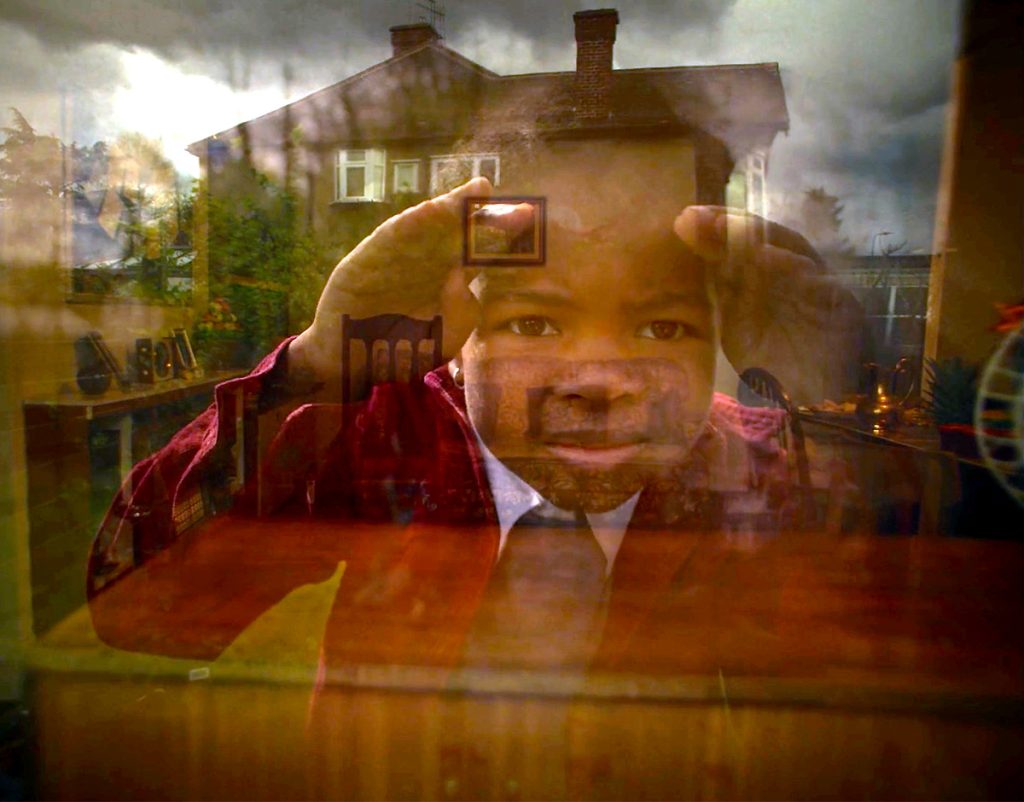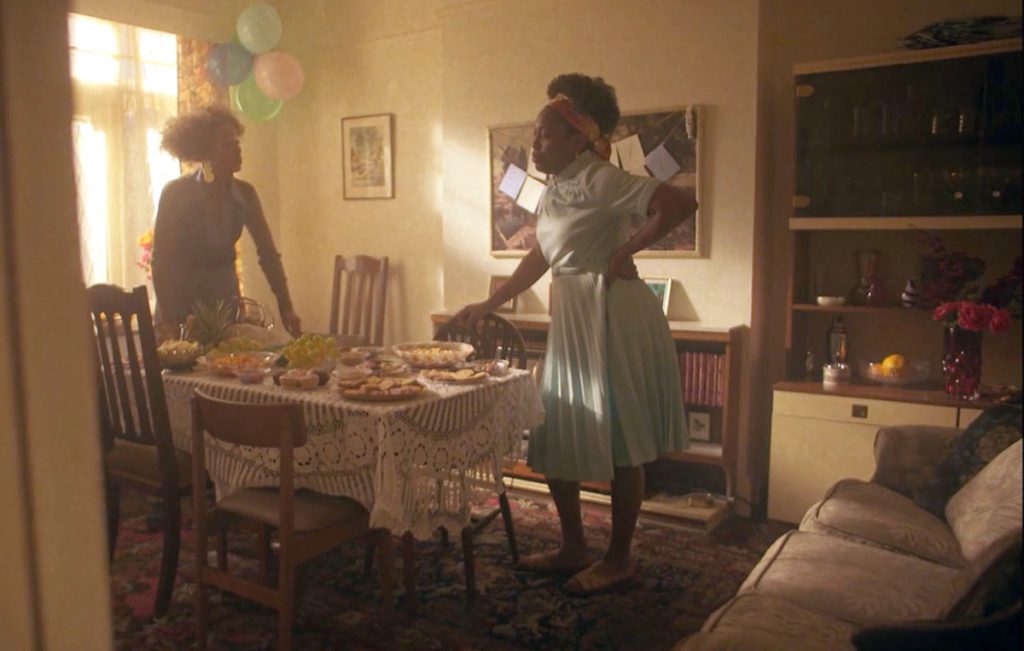What captivated me to write ‘Monochromatic’ was primarily to do with my reaction to the death of George Floyd. It saw a global acknowledgement regarding racism and racial inequality. I was floored. It unearthed years of racism I had personally suffered and had learnt to swallow. We follow Grace’s journey as she navigates and processes the fact that people aren’t different hues of one colour. She’s works out that she’s black and for her, blackness is coupled with hate.
My aim is for ‘Monochromatic’ to hold a mirror up, inviting an audience to ask questions of themselves. It touches on the concept of nurture, what we see and hear, consciously or unconsciously shape who we are, how we view the world and subsequently our own biases. – A Selected comment from Filmmaker Karen Bryson’s online bio.
{The Murder of George Floyd}
Selected Cast
Stephanie Live-John plays Bev
Sonnyboy Skelton plays Gordon
Kenedy McCallam-Martin plays Grace
Elisha Robin plays Dorothy
Brooke Rufsh plays Wendy
Roderick O’Grady plays Len
For the Complete Moviemaking Team Click Here
MONOCHROMATIC is a sublime, exquisitely made short film that can excite the passions of some theater audience members like me, fed up with American racism, bigotry and the many forms of every day American fascist-racist-bigoted microaggressions and macroaggressions, to get up and shout at the screen. Realistically, of course, that can be okay at home and, or, with family, neighbors and friends and the like, but can also open up what this writer-reviewer calls a disturbing-the-piece episode resulting in armed, shoot-to-kill-if-not-apprehend police, security guards being summoned to the theater.
“There is no black in the Union Jack,” snarls a White Supremacist at 6-year-old Grace, played by Kenedy McCallam-Martin, and her mom, Bev, played by Stephanie Live-John, in the early minutes of MONOCHROMATIC. I had an immediate cerebral moment like a lightening flash that went like this: If only I could reach into the screen, grab him gallows-style by the throat with my left hand, while my right goes searching for a church scene where I seize by the throat a White Supremacist mom who insults Grace during a scared moment when those in church pews are supposed to express love and respect for the parishioners next to them.
MONOCHROMATIC opened up my imagination to a fourth-wall state of mind [Breaking the Forth Wall FYI].
The British film is set in Wood Green, London, 1977, when anti-fascists in the ethnically diverse, considerably West Indian, North London of Haringey, stood their ground against goon squads of the Supremacist National Front, thwarting a rising tide of British fascist far-right political violence. {Click here for more history.}
Obviously, Director Bryson’s tome can also be a cinematic communiqué easily understood and appreciated in Black and Brown America. It opens with 6-year-old Grace, blithely frolicking, eventually segueing to her inevitably learning that many White Brits despise Black and Brown People. Bryson, however, didn’t make her elegant and exquisite story to stir up passions preluding to violence, imaginative or otherwise.
It is a telling piece of movie making about the rite of passage, coming of age, for Grace, who is EVERY-WEST-INDIAN-GIRL growing up in a racist British society – and, yet, it has a lot to say about EVERY-BLACK-KID and EVER-BROWN-KID and so on … and so forth … regardless of gender. {Yes, this writer-reviewer is taking liberties with the EVERYMAN, EVERYWOMAN allegories and won’t apologize.}
Grace’s mom and aunt try to shield her from the legacy of horrors and horrific challenges she will face. They do that just like their parents’ parents before them, passing on the legacy from one generation to the next. Scenes of this dynamic are poetically portrayed in key moments of a film with rhapsodos cinematography . Yet, this writer-reviewer has serious qualms about the legacy portrayed as an endless curse and scourge that have no end. It may have been one of the preferred options in times past but this is 2023 and this writer-reviewer believes much more needs to be imagined regardless of the risks.
Yet, my opinion is not one iota of an attempt to diminish nor distract Director Bryson’s mesmerizing film short.
Gregg W. Morris can be reached at gregghc@comcast.net, profgreggwmorris@gmail.com



